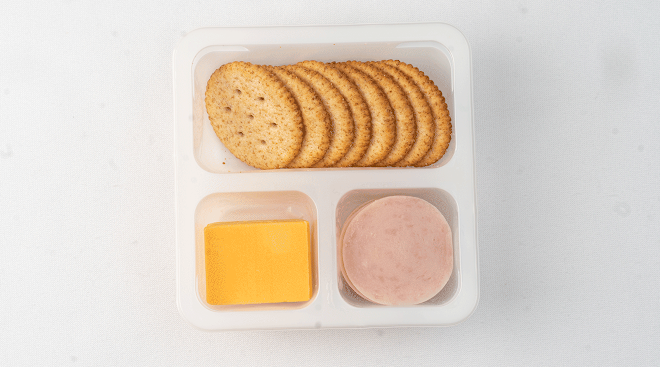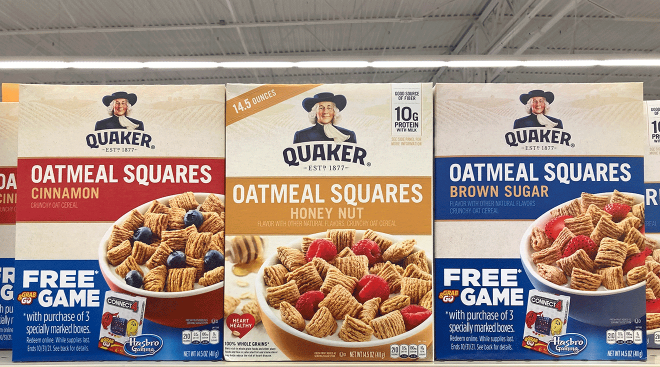FDA Announces New Actions to Reduce Toxic Elements in Baby Food
The Food and Drug Administration (FDA) has released a statement announcing new actions the agency will take to reduce toxic elements in baby food.
Last month, a congressional investigation found that many leading baby food brands have high levels of toxic metals. While it’s important to note that some heavy metals do naturally occur in air, water, soil and, consequently, in our food, the FDA, so far, only has one guideline for baby food: It sets a limit on the arsenic levels that can occur in infant rice cereal.
According to the recent statement, the investigation raised questions on what more could be done to help reduce toxic elements. In response, the FDA will be taking new actions to prevent and reduce toxic elements that could be present in food for babies and toddlers.
Last week, the agency sent out a letter to baby and toddler food manufacturers and processors reminding them of their responsibility to their customers. The letter advised them to have controls that significantly reduce or prevent chemical hazards in their products and also stated that some manufacturers may consider conducting verification activities like testing the final product.
Along with the letter, the agency also committed to an upcoming plan that would reduce levels of toxic elements in food for babies and young kids to “as low as reasonably achievable.” This plan will feature a number of action items, including:
- Issuing guidelines on how to identify levels for contaminants in key foods that require action, as well as plans to revisit those recommendations on a regular basis
- Issuing guidance to industry manufacturers on how to meet the obligations under their current regulations
- Increasing inspections as necessary and taking actions for compliance enforcement
- Increasing sampling of baby food and sharing the results
- Working with experts to determine how to further reduce levels to keep young children safe
- Adding actions to reduce inorganic arsenic in apple juice and establishing action levels for lead in juices
- Hosting an upcoming public workshop to discuss the science surrounding the levels of exposure that can impact childhood development; the food that can contribute to those exposures; and solutions to help keep young kids safe
- Facilitate better availability of consumer information and resources to highlight the importance of variety in a healthy diet for young kids
In addition to laying out these action items, the statement also stressed the FDA’s commitment to keeping America’s youngest customers safe. “As parents and caregivers ourselves, we recognize and understand concerns about toxic elements and how they could impact the health of children. We share the public’s concerns for the health of America’s children, and want to reassure parents and caregivers that at the levels we have found through our testing, children are not at an immediate health risk from exposure to toxic elements in foods,” the agency said. It added that the FDA regularly monitors the levels of toxic elements in food and removes any foods that pose a health risk from the market.
“The FDA is committed to reducing exposure to toxic elements in foods to the greatest extent feasible and to further advance progress in this area,” the statement said. “We look forward to providing additional updates in the near future.”
Please note: The Bump and the materials and information it contains are not intended to, and do not constitute, medical or other health advice or diagnosis and should not be used as such. You should always consult with a qualified physician or health professional about your specific circumstances.
Navigate forward to interact with the calendar and select a date. Press the question mark key to get the keyboard shortcuts for changing dates.




















































